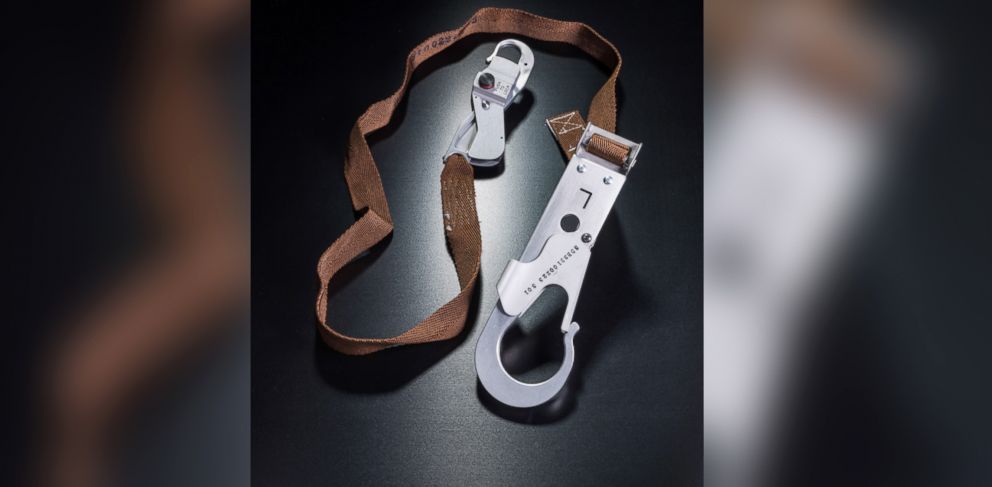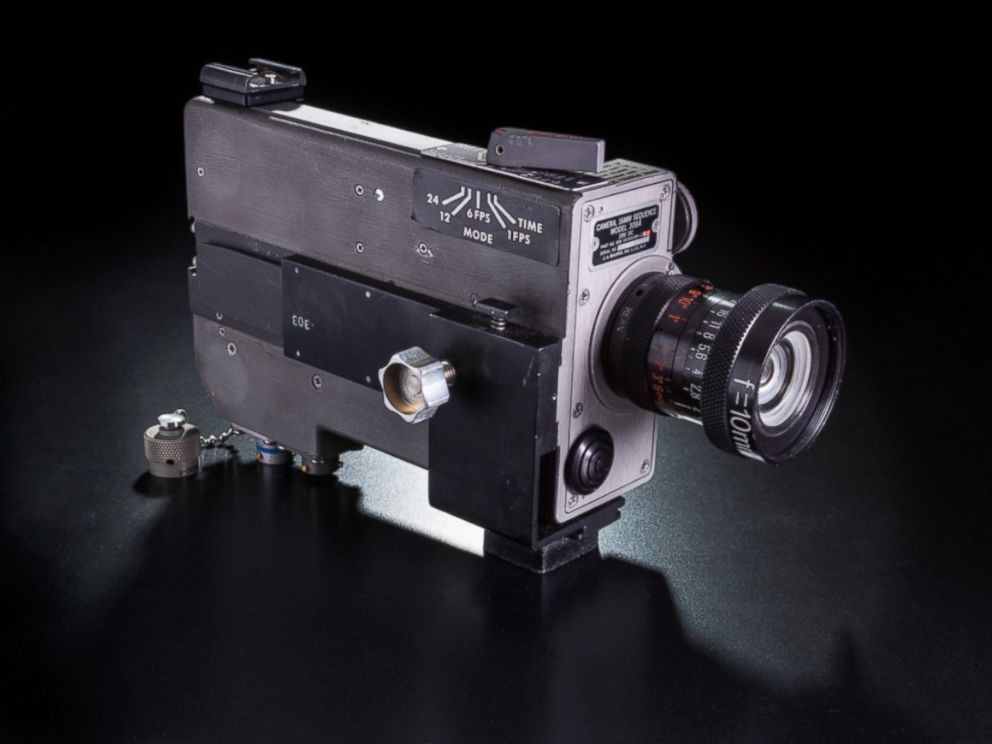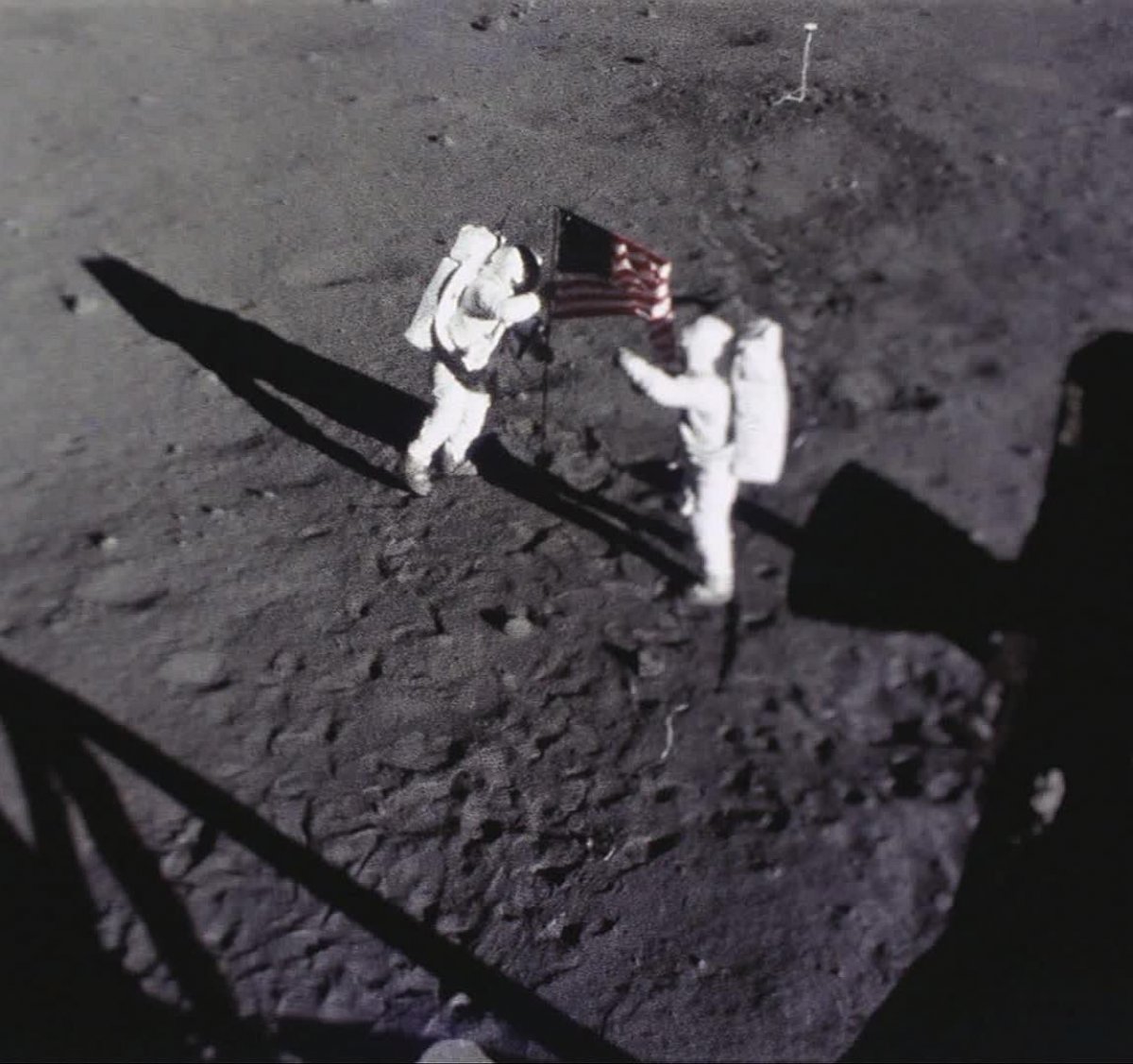See Neil Armstrong's Mementos That Were Supposed to Be Left on the Moon
The items aren't your usual souvenirs.
— -- In the fall of 2012, after Neil Armstrong died that summer, his widow, Carol Armstrong, found a bag full of personal mementos from 1969's Apollo 11 mission in the astronaut's closet.
Carol Armstrong contacted the Smithsonian's National Air and Space Museum, whose curator learned that these were personal items intended to be left on the moon.
"She called and said she found this white cloth bag in Neil's closet," Allan Needell, curator of the Apollo collection at the Smithsonian, told ABC News today. "She said it looked like there were things from a spacecraft in there and would we be interested."
Carol Armstrong sent a photo to the museum, and Needell said "once we found out what they were, we went to work documenting."
The "temporary storage bag" Carol Armstrong found had about 17 Apollo-related items inside, including utility lights with power cables, a waist tether and netting, according to the Smithsonian, which unveiled its research into the items on Friday.


One of the most important items was a 16mm movie data acquisition camera, which was used to film the moon landing, "as well as Neil Armstrong's and Buzz Aldrin's activities on the lunar surface, including taking the first samples of lunar soil and planting the U.S. flag," the Smithsonian reports.
"These items were cataloged items and basically scheduled to be left in the lunar module," Needell told ABC News. "We have some evidence ... these were just surplus items they were taking home."
"There was only so much room on the spacecraft on the way back," Needell said, and priority went to scientific samples such as moon dust and rocks. "A lot of stuff gets left behind on the moon. It wasn't as though they could pack up everything they brought."
"What many of the astronauts did once things were surplus and basically not required for science or other missions ... certain items that astronauts have managed to keep as sort of personal momenta. Control handles, or something like that," Needell said.
"I think probably it was unspoken tradition to do some of that," Needell added. "This is not uncommon. Many other astronauts had personal collections of souvenirs."

The items found in Armstrong's closet "had no more mission significance," Needell said. "They were no longer needed. The camera, for instance, is a cartridge camera. All the cartridges with film were taken back, but once they were finished filming, they had no need for the camera anymore."
It was intended for the camera to have "have been left in the spacecraft and destroyed" but "Neil decided to take it home."
It was "the camera that took pictures of the landing," Needell said, noting it was an "emotionally significant item."
Needell said he doesn't think Armstrong was purposely hiding the memorabilia. "He was a very private person," he noted. "This was characteristic of him."
Needell's own guess is that the items are a "personal souvenir of an extraordinary episode in his own life."
Several of the items, including the camera and waist tether, are already on display in a new gallery about 50 years of spacewalking, Needell said. The others are still being cataloged.



